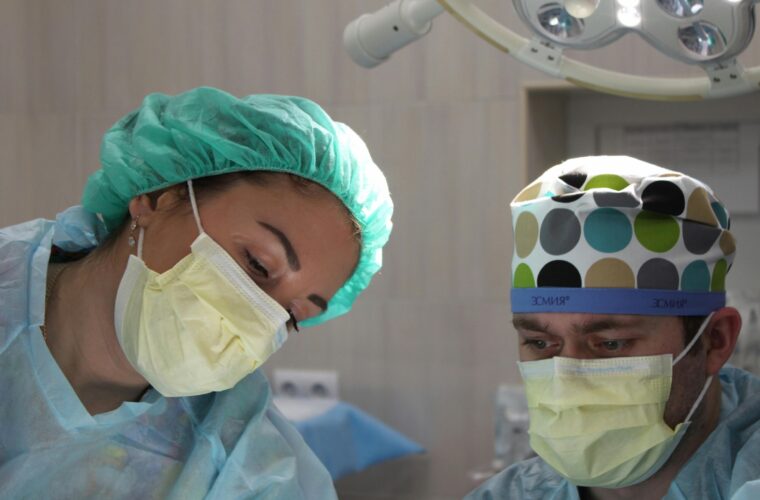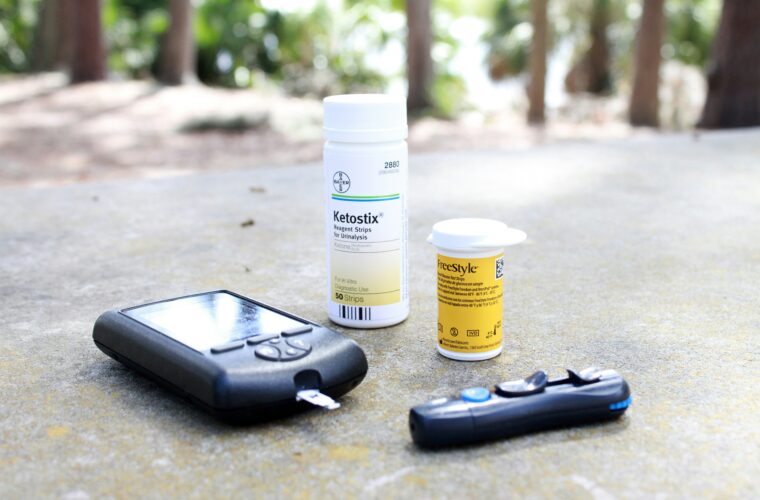The global population is ageing, and the number of healthcare specialists is insufficient to cope, so that robots will be assisting patients. This is enough to understand the reasons that drive many startups to develop projects to create humanoid robot capable of helping humans with motor difficulties. The problem is that the obstacles to realising effective solutions are many, and the costs are very high, reasons why 90% of startups and their innovations soon disappear from the market.
Now, however, one seems to have come up with a game-changing robot: Fourier Intelligence and the humanoid that has attracted the attention of industry insiders is GR-1. General-purpose Robot-1 is a product conceived in 2019, when the Chinese company founded in Shanghai in 2015 (the name is a tribute to the French physicist Joseph Fourier) changed direction, focusing its energies and resources on developing robot assistants after specialising in rehabilitation robotics. Thus, GR-1 was added to the list of smart exercise bikes, wireless robotic gloves and other objects that help people restore movement in their arms and legs.
Autonomous and practical, the humanoid robot will be a life companion
It took 36 months of testing to perfect the model, which is 1.65 metres tall, weighs 55 kg and can move at a maximum speed of 5 km/h. The breakthrough came when the robot could stand autonomously, with engineers continuing development to make it walk, avoid obstacles and perform simple actions, such as holding some bottles. “The system is capable of self-balancing, walking, and performing various tasks. We can programme it to sit, stand and jump. You can programme the arms to pick up tools and implements and perform the tasks the engineers want,’ explained Zen Koh, co-founder and Chief Strategy Officer of Fourier, at the World AI Conference in Shanghai last July.
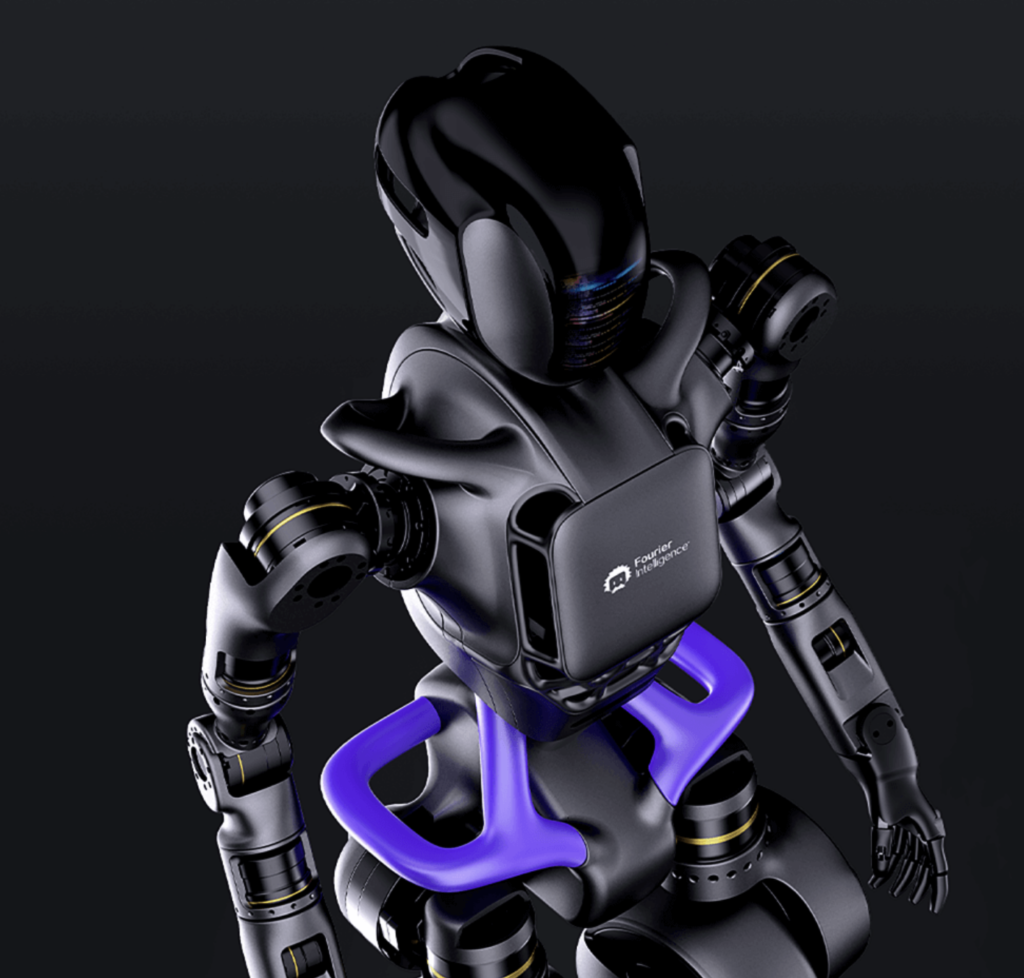
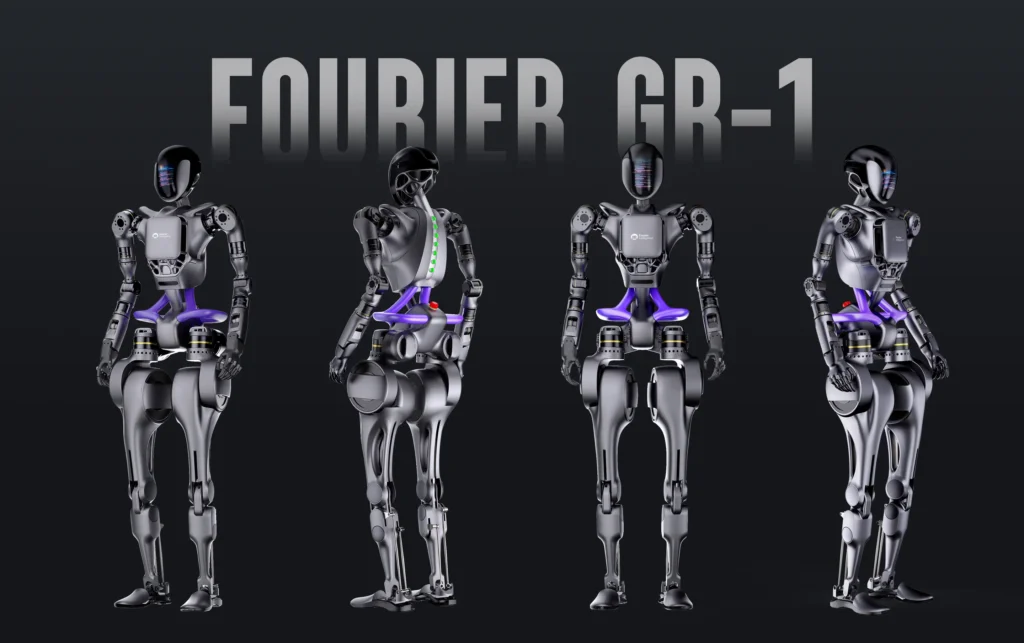
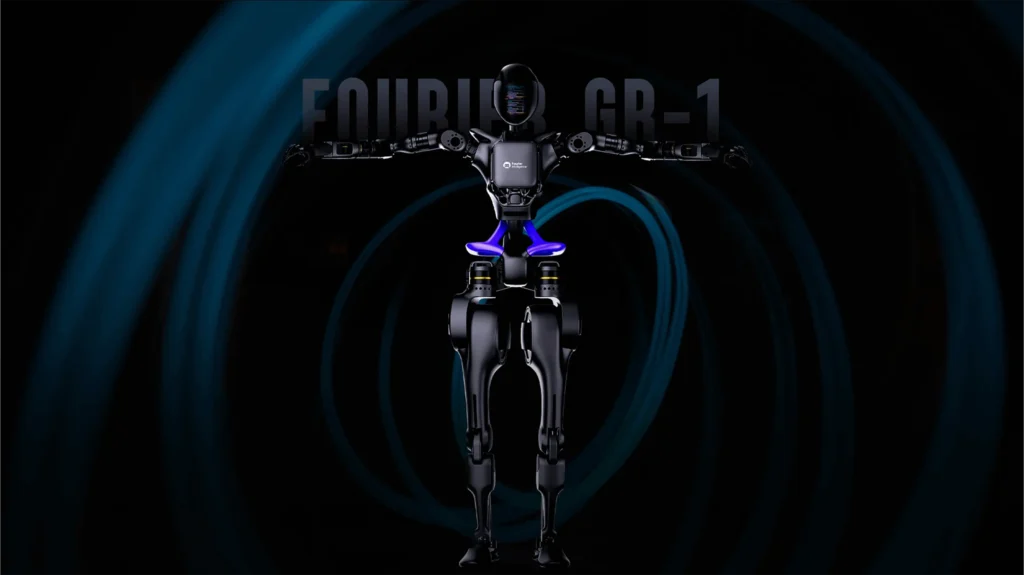
The importance of the GR-1 is not confined to the need for a robot to fill the gap in human assistants. Since the Chinese company’s model marks a point of arrival in the development process of humanoids, which have always been limited to a few models due to technical and financial complications. Not surprisingly, even big companies such as Xiaomi and Tesla have shown prototypes capable of walking and doing little else.
Dual-track development: hardware on one side and software with AI on the other
The challenge for industry players is not to create robots but to teach them to be effective autonomously in unknown and chaotic environments. Thus, exploring the many variables at play without limiting themselves to the ideal conditions maintained in laboratory tests. This is a demanding task for which a lot of money and patience must be invested, as multiple tests must be carried out to refine the development. Also they have to prepare the humanoids for the different contexts in which they might find themselves. Fourier’s goal is to develop systems capable of assisting the elderly and welcoming guests but achieving this requires collaboration to develop hardware and software in tandem.
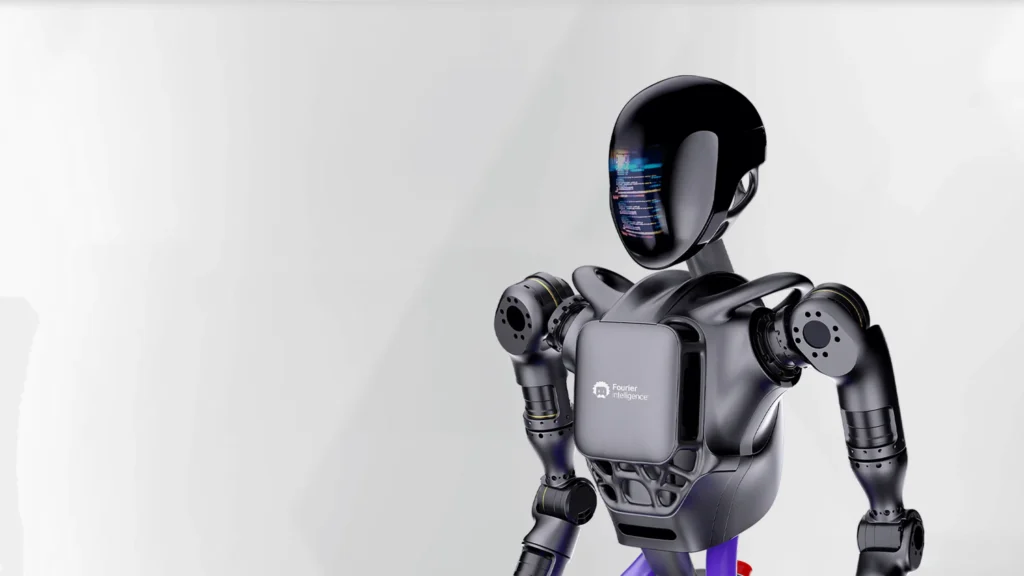
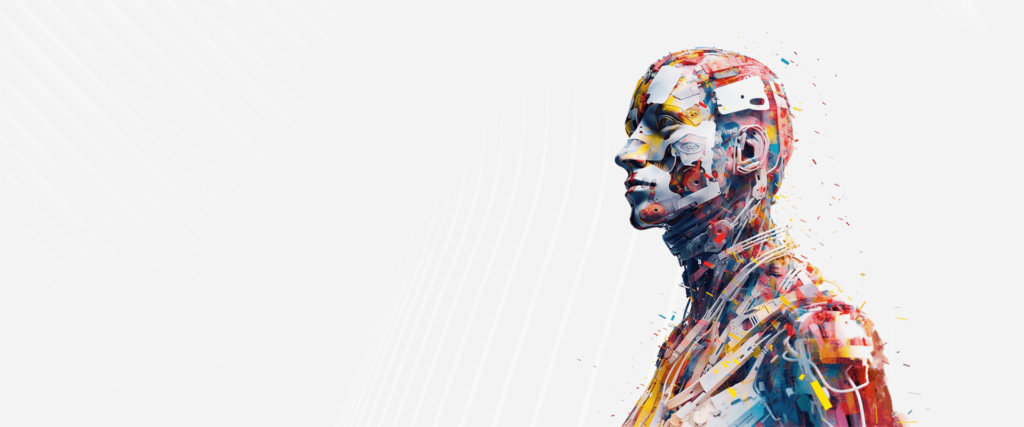
The startup’s vision is to focus on the hardware part, leaving the software evolution to the chosen partner from among the AI companies that have expressed interest in collaborating. Working symbiotically on a dual track, Fourier Intelligence aims to make GR-1 emerge as a caregiver, a therapeutic assistant, and a companion at home for older people who are left alone, with different functionalities to be activated according to the end-users needs.
The Shanghai-based company has delivered the first units of GR-1 to a few universities and AI companies to continue development, to produce around one hundred robots by the end of the year and distribute them during 2024 to healthcare facilities specialising in patient care to receive tailored feedback with which to improve GR-1. A step that respects the ambition of Fourier, who is convinced that in the future, ‘patients will get used to interacting with autonomous robots, getting physical and other support from them’.


